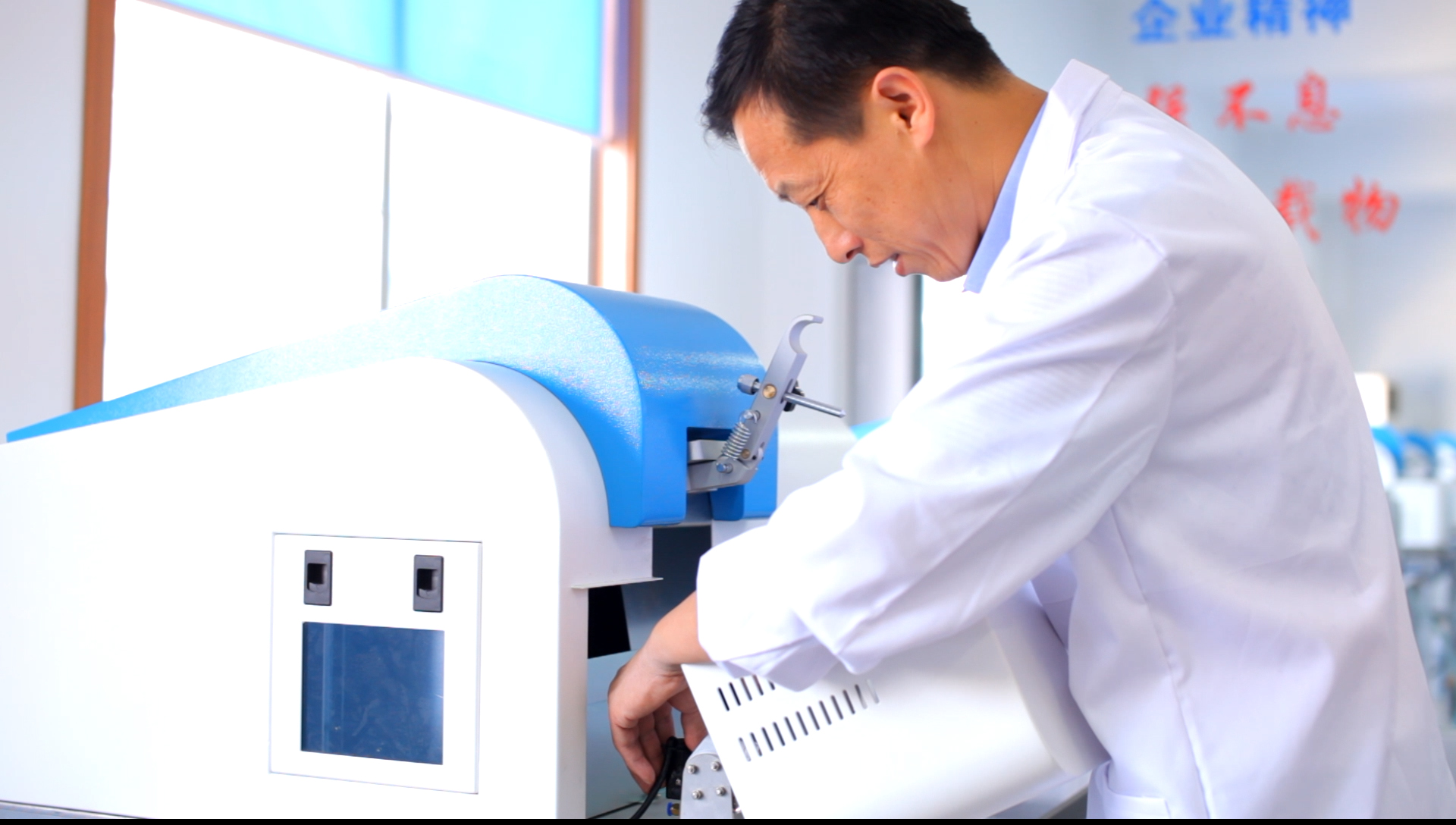Categories
Optical Emission Spectrometer Vacuum System Common Failures and Solutions-Vacuum Pump Cannot Pump Down
Jun 21 , 2025Optical Emission Spectrometer Vacuum System Common Failures and Solutions-Vacuum Pump Cannot Pump Down
Vacuum pump can only be pumped to 20 ~ 30Torr, no longer pumped down, vacuum system failure will affect the short ultraviolet spectral region of carbon, phosphorus, sulfur, boron and other elements of the analysis results. Therefore, must pay attention to the vacuum system maintenance and repair.

Solutions
The first step, the vacuum valve will be closed, the vacuum degree is maintained well. carbon, phosphorus, sulfur and other elements of the analysis data is normal, which indicates that the vacuum degree has reached the requirements. the cause of failure is the failure of the vacuum probe thermistor, you need to replace a new vacuum probe. or fine-tuning of the vacuum gauge in the lower left corner of the fine-tuning resistor (uncovering the small cover, with a screwdriver to fine-tuning), this treatment is only suitable for the vacuum probe of the DV-4-type spectrometer and the vacuum gauge. the vacuum pointer is adjusted to 1Torr or so, it can be made to make the probe of the thermal resistor composed of the bridge to regain a balance of the adjustment, you can achieve the normal operation of the vacuum system.
The second step, vacuum in the vacuum degree of about 20 to 30Torr, close the valve of the vacuum pump, the vacuum degree rapidly decreases, that is to say, the vacuum chamber sealing is not good, you need to open the chamber to reseal the sealing, the operating steps are as follows:
(1) Turn off the high pressure switch, close the vacuum pump valve, the vacuum pump can continue to pump. If the user is not sure, you can unplug the vacuum pump 220VAC.
(2) Slowly open the air inlet valve next to the vacuum chamber probe, not too fast, so as to avoid a large number of ash particles in the air sucked into the optical chamber.
(3)Seal the grating cover first, ‘0’-shaped ring should not be coated with more vacuum grease.
(4) Sealing of the ‘0’ ring of the incident window part, pay attention to the direction of the quartz glass. Due to the quartz glass side of the slope type, the outer diameter of the small side into the seal, not the outer diameter of the large side of the pressure in, so that the sealing effect will be lost.
(5) Seal the screw part connected with the incident slit. Remove the spring connected to the incidence slit first. Be careful not to damage the slit adjuster. Next, remove the screw part and apply vacuum grease to the sealing ring.
(6) Sealing of the socket holder for the high-voltage supply signal lead-in cable (J50 to J59, J40 to J49) of the photomultiplier tube.The user can remove the socket with a 22 socket spanner, seal it, and press it firmly.
(7)After all the sealing, close the vacuum chamber, all the screws are pressed tightly, close the relief valve, you can open the vacuum valve to draw vacuum.
(8) When the vacuum pump pumping on 30 ~ 40min, usually the vacuum pointer will be close to 100Torr or so.If it is not up to 100Torr after 1h, it means that the vacuum chamber is not well sealed and must be re-sealed.
(9)When the vacuum is within 100Torr, loosen all the vacuum chamber sealing screws.Do not forget to loosen the screws, otherwise it will affect the grating offset, and seriously affect the analysis effect.
(10)Set the vacuum start/stop setting SET POINT2 to the lowest position, and let the vacuum pump pump for several hours, then, the vacuum start/stop control is restored to 10Torr, all operations are completed.
The third step, continuous pumping for more than ten hours, the vacuum is not pumped down, see the vacuum pump oil surface has a lot of water vapour, indicating that the collector molecular sieve is not dry, containing water vapour, the molecular sieve must be heated to deal with.